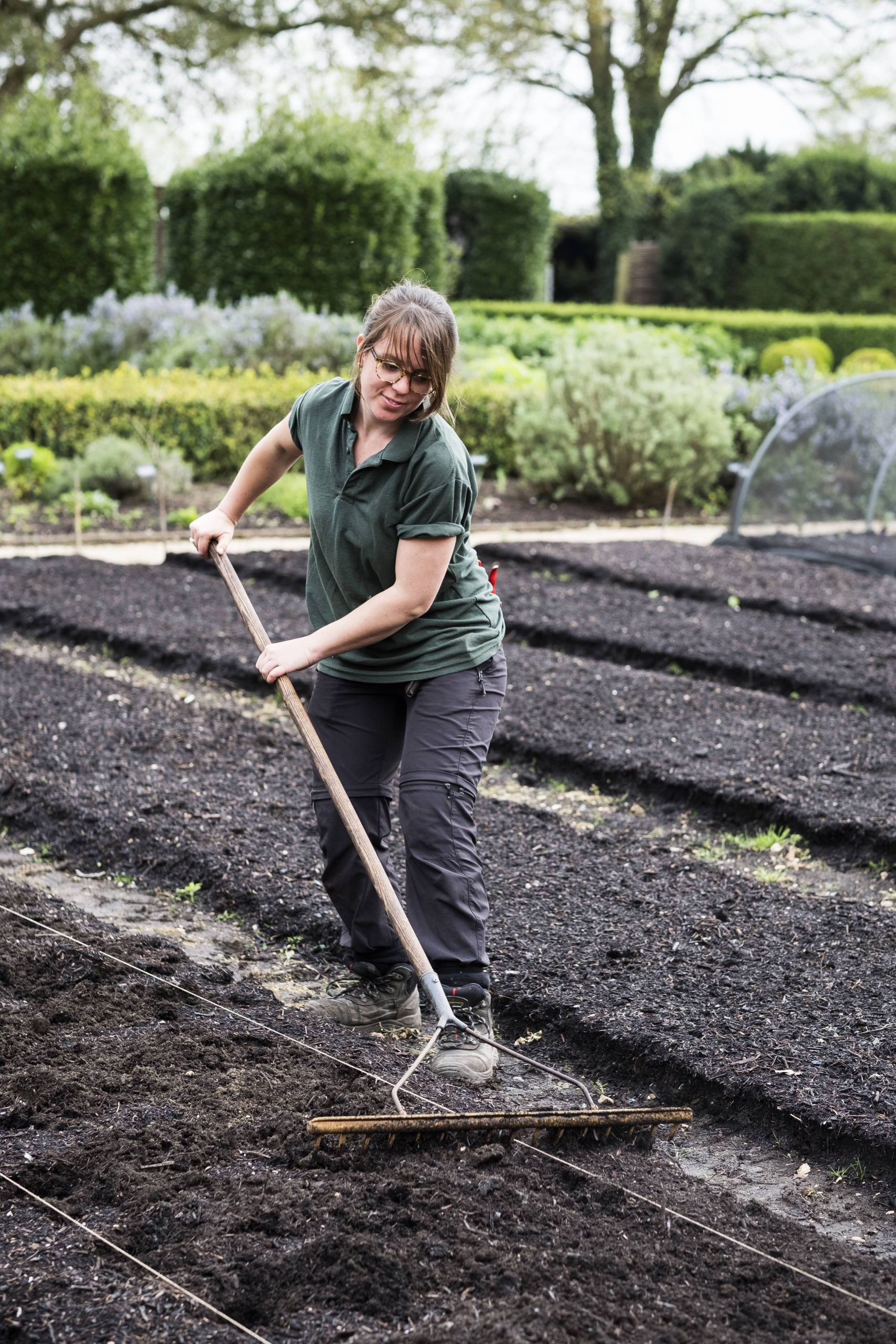
Creating pathways in your garden or outdoor space is not just about ensuring accessibility, it’s also about adding aesthetic appeal and defining the space. A well-designed pathway can serve as a beautiful focal point, seamlessly integrating with the natural setting and complementing your outdoor gardening and landscaping efforts. Among the plethora of materials available for pathways, gravel, brick, and natural stone are favored for their durability and aesthetic versatility. Let’s explore various pathway concepts utilizing these classic materials.
Gravel Pathways: Natural and Cost-Effective
Gravel is a popular choice for pathways due to its natural look and cost-effectiveness. Available in a variety of colors and sizes, gravel allows you to customize pathways to fit your garden’s style. Here’s why you might consider a gravel pathway:
1. Ease of Installation: Installing a gravel path is relatively easy and can often be undertaken as a DIY project. You will need to dig out the path area, lay down landscaping fabric to prevent weeds, and then spread the gravel on top.
2. Drainage: Gravel pathways provide excellent drainage, which is ideal for areas with heavy rainfall. Water will permeate the path, reducing pools or puddles and helping prevent erosion.
3. Low Maintenance: Gravel requires minimal upkeep, though occasional raking and replenishing may be necessary to maintain an even surface.
4. Natural Aesthetic: The muted tones of gravel blend well with garden settings. It can complement a wide range of plants and take the viewer seamlessly from one garden area to another.
For an added touch, consider edging your gravel pathway with wood, metal, or stone to keep the gravel contained and create a more polished look.
Brick Pathways: Classic and Timeless
Brick pathways evoke a sense of timeless charm and elegance. They can be styled in a multitude of patterns, including herringbone, basket weave, or running bond, allowing you to tailor the design to your garden’s character.
1. Durability: Bricks are incredibly durable and can withstand the test of time. They are resistant to weather effects, making them a reliable material for outdoor spaces.
2. Versatility in Design: With brick, you have the flexibility to create detailed patterns and designs. This can add a visual complexity to your outdoor space that elevates the overall design.
3. Color and Texture: Bricks are available in various color palettes and textures, from traditional red to earthy browns. This variety enables you to play with contrasts and complement nearby structures or plants.
4. Maintenance: A brick pathway requires more maintenance than gravel due to possible weed growth between the bricks. However, regular cleaning and possibly adding sand between the bricks can mitigate this.
To enhance a brick pathway, consider lining it with flower beds or garden lighting. This not only frames the pathway but can also provide a cozy illumination for evening garden walks.
Natural Stone Pathways: A Blend with Nature
Natural stone pathways offer a rugged and organic feel that integrates beautifully into any garden landscape. Common stones used for paths include flagstone, slate, and limestone, each presenting unique hues and textural finishes.
1. Aesthetic Beauty: The irregular shapes and natural colors of stone give each pathway a distinctive character. They effortlessly complement natural landscapes, creating an organic flow through the garden.
2. Longevity: Stone is robust and can endure heavy foot traffic and harsh weather conditions. Its longevity makes it an excellent investment for permanent pathways.
3. Customizable Shapes: The flexibility to fit stones together like a puzzle allows you to create intricate and creative path layouts. You can design curved paths that wend through your garden or straight, structured lines.
4. Integration and Harmony: Natural stone harmonizes well with both modern and traditional garden designs. Its ability to blend with surrounding elements makes it a versatile choice for diverse aesthetic goals.
To amplify the charm of a stone pathway, consider placing moss or small creeping plants between the stones. This will amplify the natural look and further anchor the pathway into the garden setting.
Combining Materials for Unique Effects
In recent trends, combining these materials has become popular, allowing gardeners to utilize the strengths of each while achieving unique aesthetic effects. For example:
– A gravel path with brick borders serves as a perfect blend of rustic simplicity and structured elegance.
– Stone pathways laden with decorative brick patterning can add depth and contrast, marrying the robustness of stone with the visual appeal of brick.
– Interspersing areas of gravel within a stone path can create focal points and draw attention to specific areas like water features or sculpture installations.
Conclusion
The choice of material for your garden pathway will depend on a variety of factors, including personal taste, budget, and the existing landscape design. Whether you prefer the natural, laid-back feel of gravel, the enduring charm of brick, or the organic appeal of natural stone, each material offers beautiful and functional options for enhancing your outdoor space.
Ultimately, pathways are more than just a means of navigation. They’re integral components of your garden’s design, capable of inspiring exploration and creating a serene atmosphere. Thoughtful selection and design will bring harmony to your garden, turning your outdoor space into a true haven of creativity and nature. Embrace these materials and let your imagination lead the way to magnificent garden paths.

